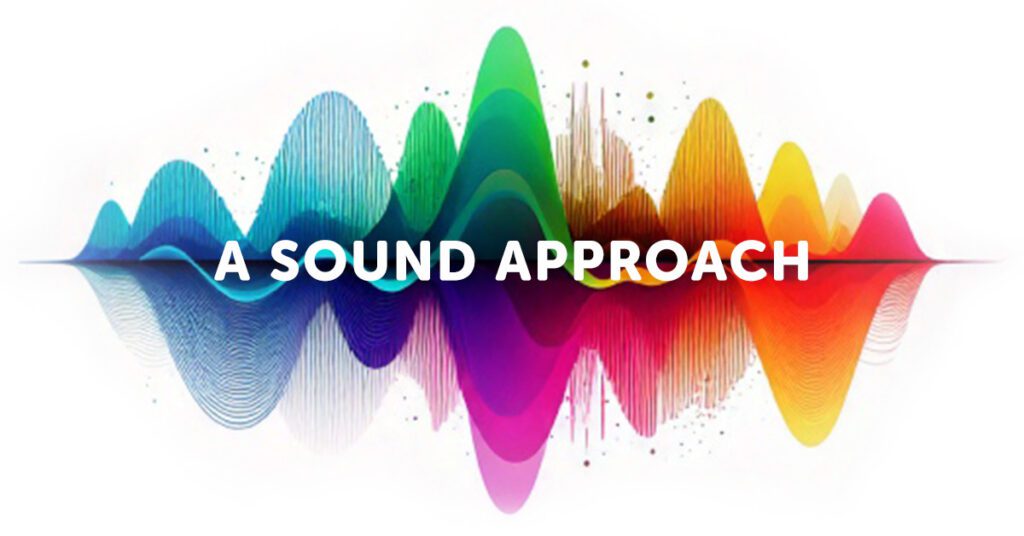
KEY TAKEAWAYS:
“THE CRISIS OF OUR TIME”
The CDC reported that 57% of U.S. teen girls felt persistently sad or hopeless in 2021, representing a nearly 60% increase and the highest level reported over the past decade.
Given this landscape, it is not surprising that increased rates of suicidality also exist. In 2022, 49,476 Americans died by suicide. Beyond actual deaths by suicide, there were approximately 1.6 million known suicide attempts in the US in 2022 and an estimated 4.3% of US adults report past year suicidal ideation. Suicide rates in adolescents are of particular concern, as suicide is the third leading cause of death in the US among individuals 15-18 years old. Within just a two-year span from 2019 to 2021, there was a 51% increase in ER visits for suspected suicide attempts in adolescent girls and a 4% increase for adolescent boys.
Globally, the World Health Organization identified suicide as the second leading cause of death among 15–29 year-olds in 2021.
HOW CAN MUSIC HELP?
Throughout history, people have turned to music to lift their spirits, energize their bodies, strengthen social connections, enhance their sense of belonging within their communities, find solace during difficult times, and to both grieve and rejoice. Music is a companion (some would say soundtrack) to human existence and emotion, accompanying the highs and lows of life while fostering connection to others and to our own internal worlds. Importantly too, music is nearly universally accessible in some form.
Music Therapy is a valuable and established area of clinical intervention (more below) that has a specific place in the treatment landscape for mental illness.
But its underlying principles, consistent with the fundamental place of music in the human experience, are relevant to the general population and to promoting mental health and wellness in everyday life.
THE NEUROSCIENCE OF MUSIC AND WELLNESS
Music’s capacity to enhance psychophysiological arousal and activate the reward circuitry makes it a highly effective tool for managing one’s mood and alleviating stress, anxiety, and depression across diverse populations, including adolescents, adults, the elderly, and clinical groups. Studies show that individuals who derive greater pleasure from music experience more pronounced mental health benefits, reinforcing the link between music’s rewarding properties and its therapeutic potential. By tapping into the brain’s reward systems, music not only offers profound emotional and cognitive benefits but also serves as a scalable, accessible intervention to support mental health and well-being.
SUMMARY:
This research paper explores the growing mental health crisis, particularly among adolescents and marginalized communities, and examines how music can serve as a powerful tool for mental well-being. It highlights alarming statistics on youth suicide, depression, and self-harm, emphasizing the lack of accessible and effective interventions. Music, being universally available and deeply connected to human emotions, offers a unique way to address these challenges. The study discusses music’s role in fostering social connections, reducing loneliness, and promoting positive mental health. It also delves into neuroscience, explaining how music stimulates brain regions tied to reward, emotion, and stress regulation. The paper reviews music therapy’s effectiveness in treating depression and anxiety, as well as the everyday benefits of listening to and engaging with music. Lastly, it calls for greater recognition of music as a mental health resource, urging policymakers, researchers, and organizations to expand its use in public health strategies.
Special Acknowledgment: